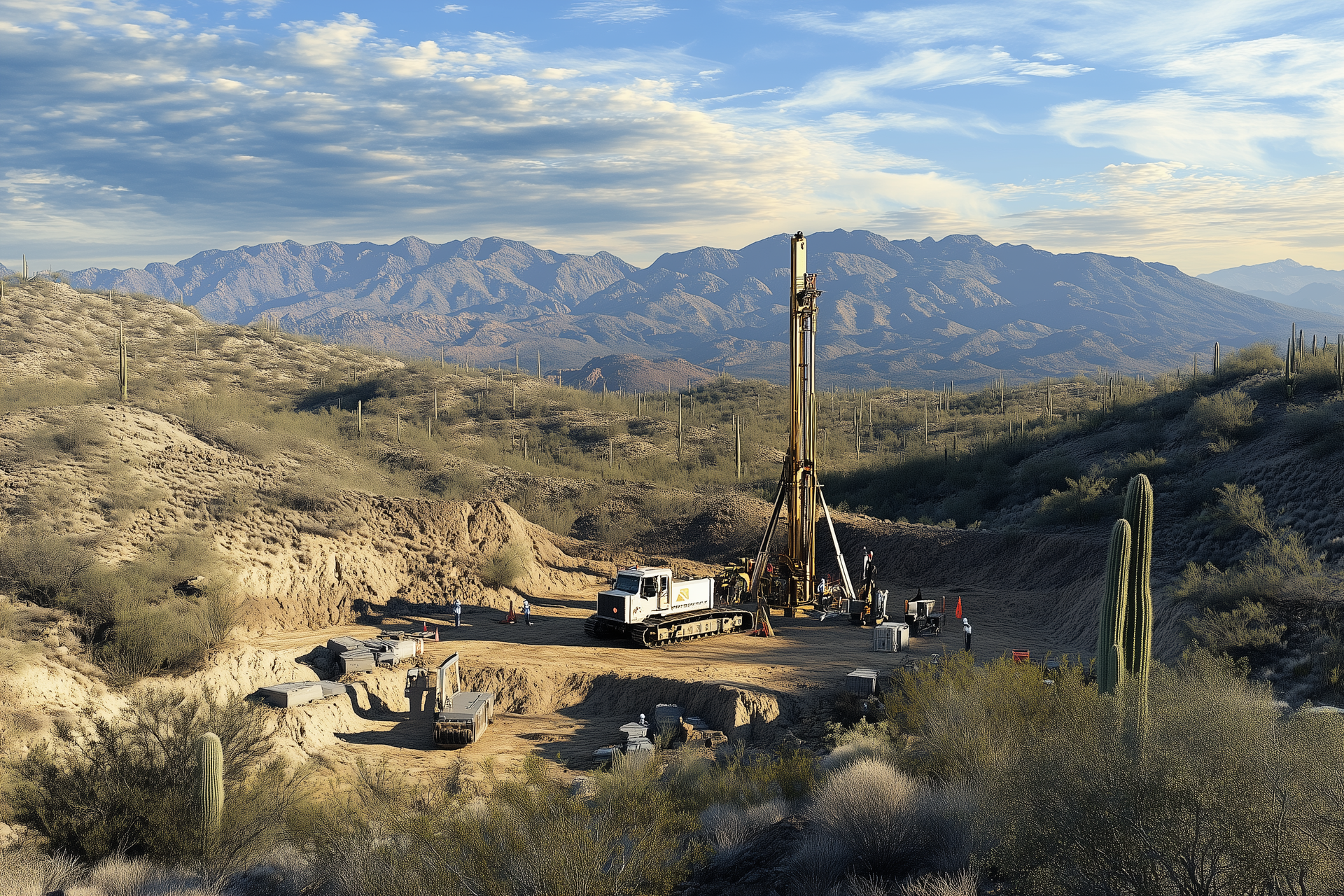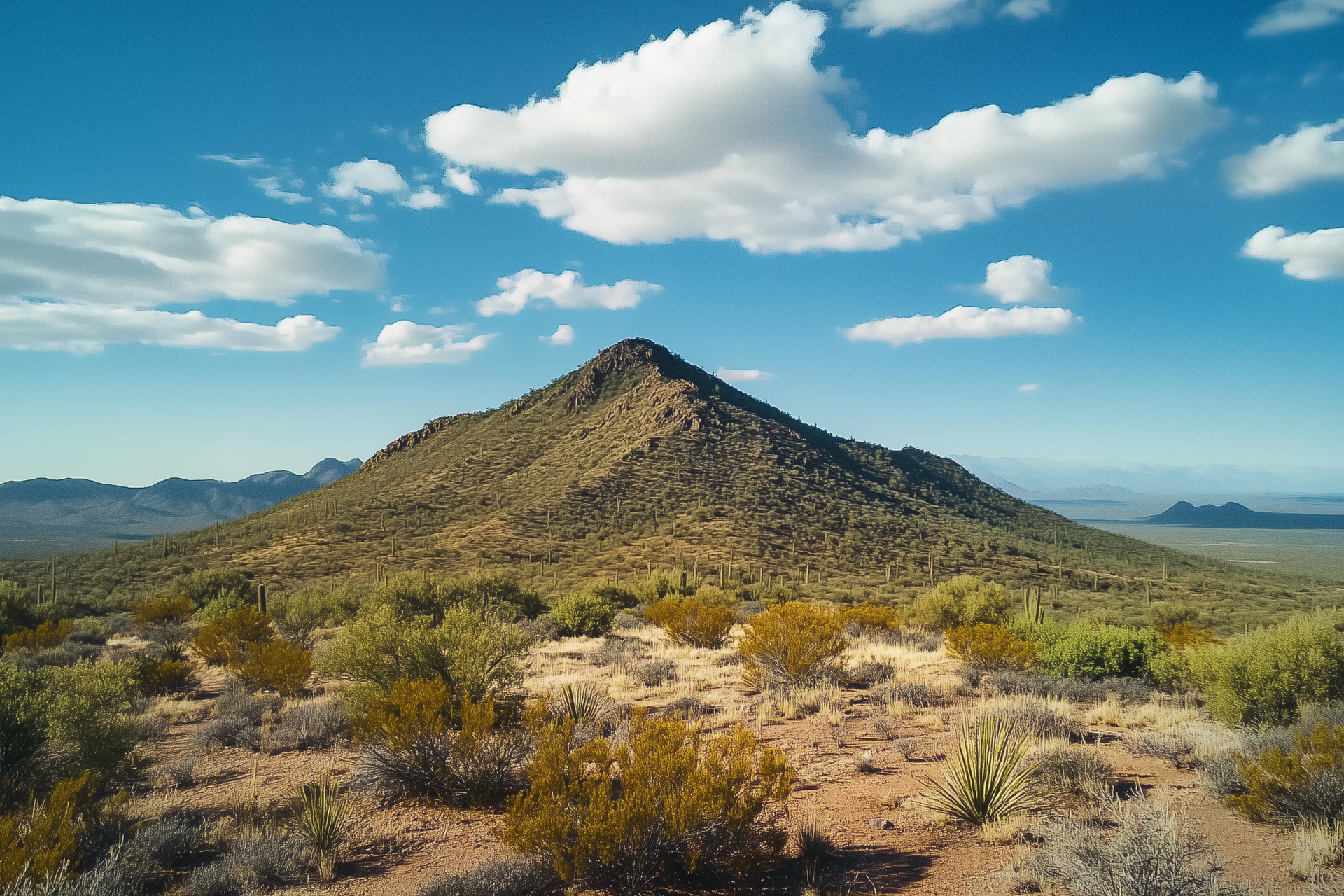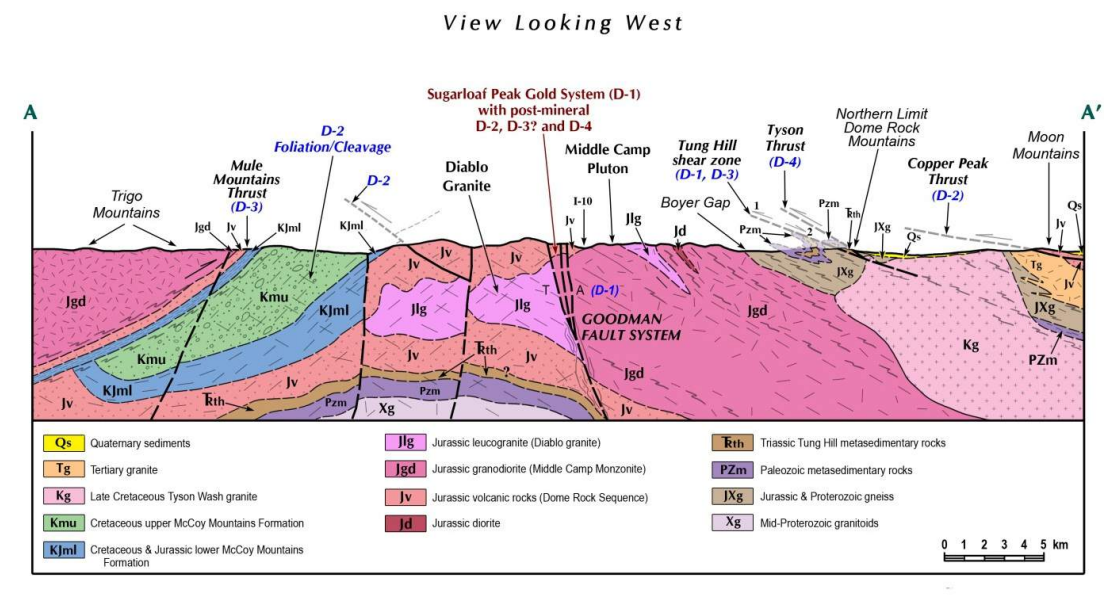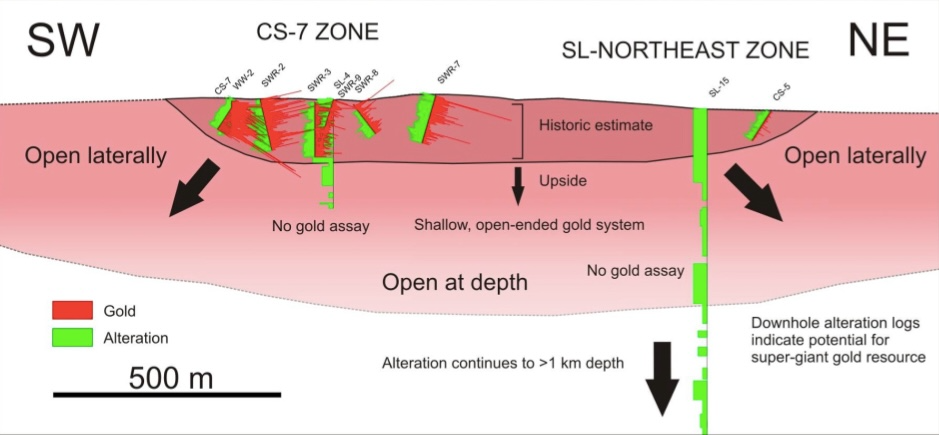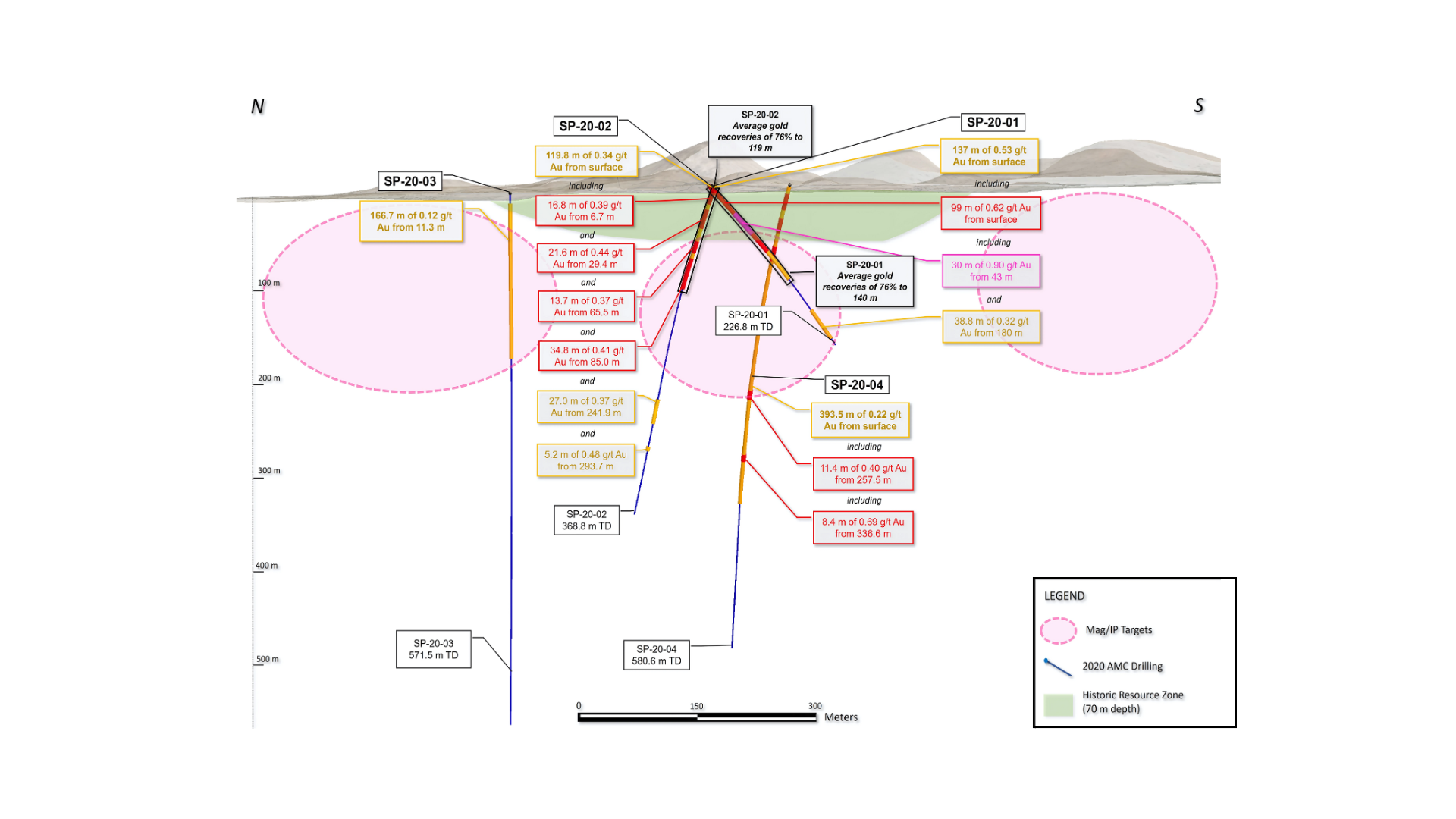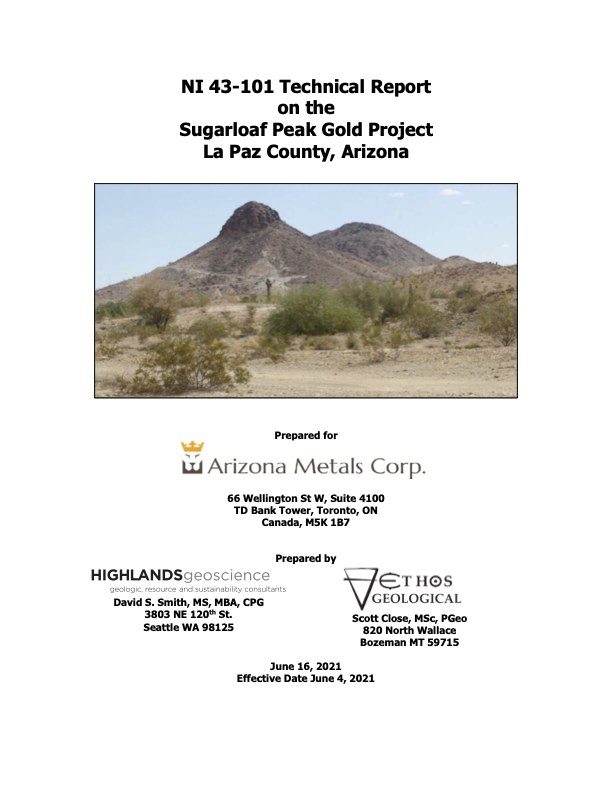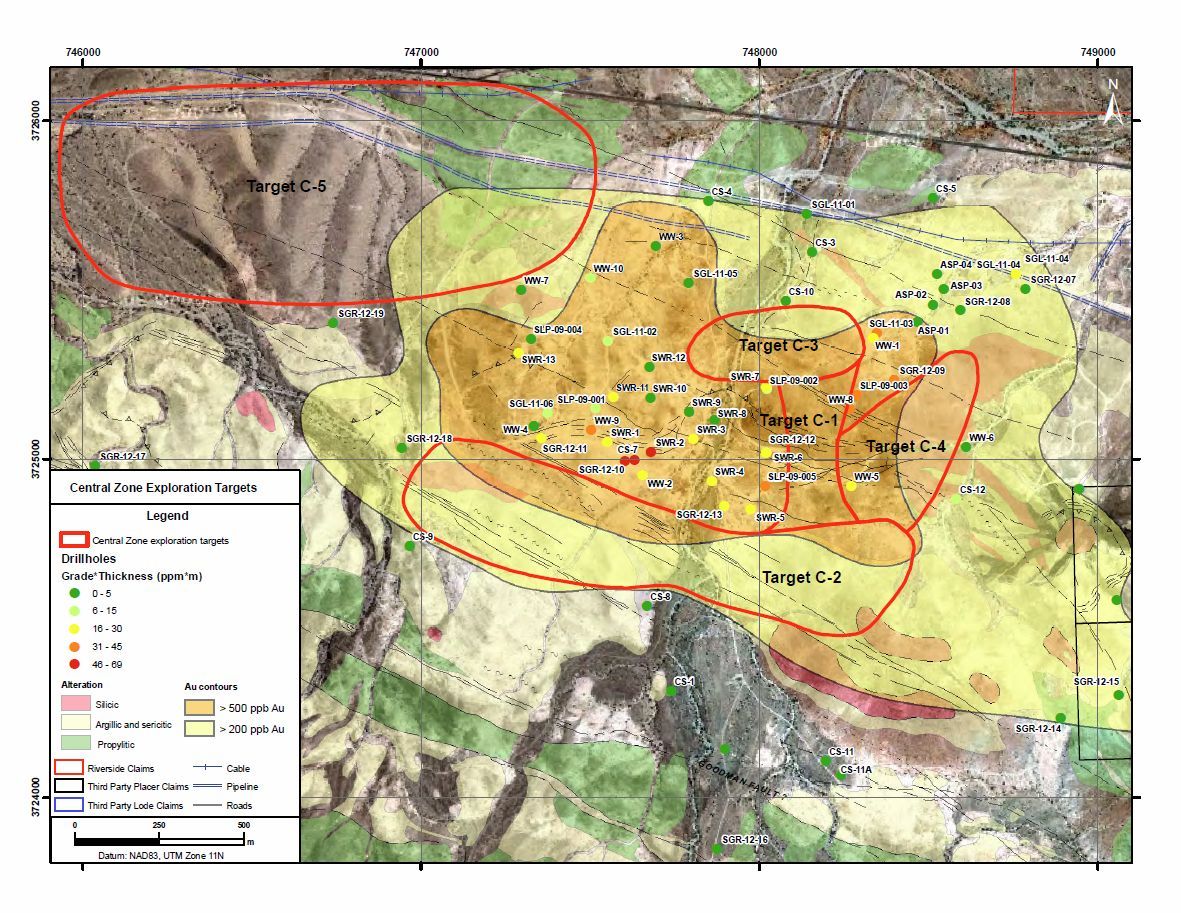Sugarloaf Peak
Project Overview
Unlocking the Potential of a Large-Scale Gold System
The Sugarloaf Peak Project, located in La Paz County, Arizona, is a heap-leach, open-pit gold target with significant exploration upside. The project spans 4,400 acres of BLM claims and contains a historic resource estimate* of 1.5 million ounces of gold at a grade of 0.5 g/t Au, making it a highly prospective bulk tonnage gold system.
Key Highlights:
Large-Scale Gold Target - Historic resource estimate indicate 100 million tons of mineralized material with near-surface oxide gold.
Excellent Metallurgical Characteristics - Preliminary testing has shown oxide gold recoveries of up to 95%.
Strong Exploration Potential - Drilling has intersected sulphide gold mineralization at depths exceeding 500m, suggesting further expansion potential.
Strategic Location & Infrastructure - The deposit sits adjacent to Interstate 10, with access to water, electricity, and natural gas, making it highly accessible for future development.
Historical Background
The Sugarloaf Peak Project has a long history of exploration dating back to the 1960s, with multiple operators advancing the deposit through geological mapping, sampling, geophysics, and drilling campaigns.
1962-1983:
Early exploration focused on copper-molybdenum potential, with Westworld Oil & Gas (1981-1983) shifting focus to gold, drilling 10 holes and outlining a historic resource of 1.5 million ounces at 0.5 g/t Au.
1984-1995:
Operators including Amselco, Cominco, and Arimetco conducted additional drilling and resource modeling, confirming extensive gold mineralization in near-surface oxides.
2008-2012:
Riverside Resources & Choice Gold completed rock sampling, geophysics, and a multi-phase drill program, further refining the deposit.
2014-Present:
Arizona Metals acquired 100% ownership, conducting new drilling, metallurgical studies, and resource expansion work, confirming heap-leach recoveries of up to 95% and identifying deep sulphide exploration targets.
Geology
The Sugarloaf Peak Project is hosted within the Dome Rock Igneous Suite, a sequence of Jurassic metavolcanics and associated intrusive rocks that form part of the Mojave-Sonora Gold Belt. The deposit is characterized by a large-scale, disseminated gold system, with mineralization primarily associated with quartz-sericite-pyrite alteration and localized silica-pyrite breccias.
Property Geology & Host Rocks
- The main host rocks are Jurassic-aged metavolcanics, predominantly andesitic to rhyolitic pyroclastic units, intruded by granitoid stocks and dikes.
- The dominant alteration includes sericite, argillic, and advanced argillic facies, forming a 2.5 km x 4 km alteration halo, indicative of a large-scale hydrothermal system.
- Gold mineralization is structurally controlled, occurring in sheeted veins, stockworks, and disseminated sulphides, with high-grade zones correlating to areas of intense quartz-sericite-pyrite alteration.
Gold Mineralization & Alteration
- Quartz-Sericite-Pyrite (QSP) Alteration – The primary gold-bearing alteration zone extends over 5 km in length and 1.6 km in width, forming a tabular body with gold grades exceeding 650 ppb Au.
- Argillic & Advanced Argillic Alteration – This alteration surrounds the core mineralized zone and is associated with zunyite-alunite stockwork deposits, indicating oxidized, low-pH fluid evolution.
- Propylitic Alteration – A broader district-scale propylitic halo, dominated by chlorite-epidote, suggests a large hydrothermal footprint similar to other porphyry-related systems
Structural Controls & Deposit Model
- The project exhibits multiple phases of deformation, with evidence of thrusting, folding, and extensional faulting, controlling gold emplacement.
- The Goodman Fault System and associated WNW-striking shear zones play a key role in localizing high-grade mineralization.
- Recent interpretations suggest potential for deeper porphyry copper-gold mineralization, adding further exploration upside
Sugarloaf Peak Cross Section
Historic Resource
The Sugarloaf Peak Project hosts a historic gold resource estimate of 1.5 million ounces of gold at a grade of 0.5 g/t Au, based on drilling conducted to a shallow depth of just 70 meters. The estimate suggests significant expansion potential, both laterally and at depth.
The deposit consists predominantly of oxide gold mineralization, which has demonstrated high heap-leach recovery rates of up to 95% in metallurgical test work. Additionally, deeper drilling has revealed sulphide mineralization, with recoveries of up to 85%, suggesting potential for additional processing options.
Expansion Potential
- The historical resource was calculated using widely spaced drill holes, leaving substantial opportunity for resource growth. The deposit remains open in multiple directions, with step-out drilling indicating higher-grade zones at depth.
| Estimate Year | Tonnage (Mt) | Gold Grade (g/t) | Contained Gold (M0z) | Silver Grade (g/t) | Contained Silver (Moz) |
|---|---|---|---|---|---|
| 1983 (Dausinger) | 100 | 0.5 | 1.5 | - | - |
| 1987 (Dausinger) | 60 | 0.69 | 1.3 | 10 - 17 | 25 |
* The historical resource estimate has not been verified as a current mineral resource. None of the key assumptions, parameters, and methods used to prepare this historical resource estimate were reported, and no resource categories were used. A Qualified Person has not done sufficient work to classify it as a current mineral resource. Arizona Metals does not represent that this historical resource estimate is a current mineral resource and does not rely on it as a current mineral resources.
Expansion Potential
The Sugarloaf Peak Project remains a highly prospective exploration target, with multiple opportunities to expand the known mineralization. With a historic 1.5-million-ounce gold estimate at shallow depths and new evidence of deep sulphide gold mineralization, the project presents compelling upside for both open-pit and potential underground development.
Key Exploration Opportunities:
Deep Sulphide Potential – A Multi-Phase Gold System
- While historic drilling focused on near-surface oxide gold, recent Arizona Metals Corp. drilling has identified sulphide gold mineralization at depths exceeding 500 meters.
- Metallurgical testing confirms that sulphide recoveries could be as high as 85%, further increasing the project's long-term development potential.
Western Extension – Untapped Potential Beneath Shallow Cover
- Geophysical Anomalies: Coincident magnetic and chargeability anomalies extend 3 km to the west of the historic resource, indicating potential mineralized zones beneath the surface.
- Undrilled Areas: This western extension remains untested due to 10-15 meters of alluvial gravel cover, presenting a prime target for future exploration.
Central Gap – Bridging the Drilling Void
- Undrilled Central Zone: A 200 x 300-meter gap exists in the center of the deposit where no drilling has occurred, representing an opportunity to connect and expand known mineralized areas.
Technical Report
NI 43-101 compliant Technical Report (2021) for our Sugarloaf Peak Project provides a detailed analysis of the project's geology, mineralization, historic resource estimate, metallurgical testing, and exploration potential.
